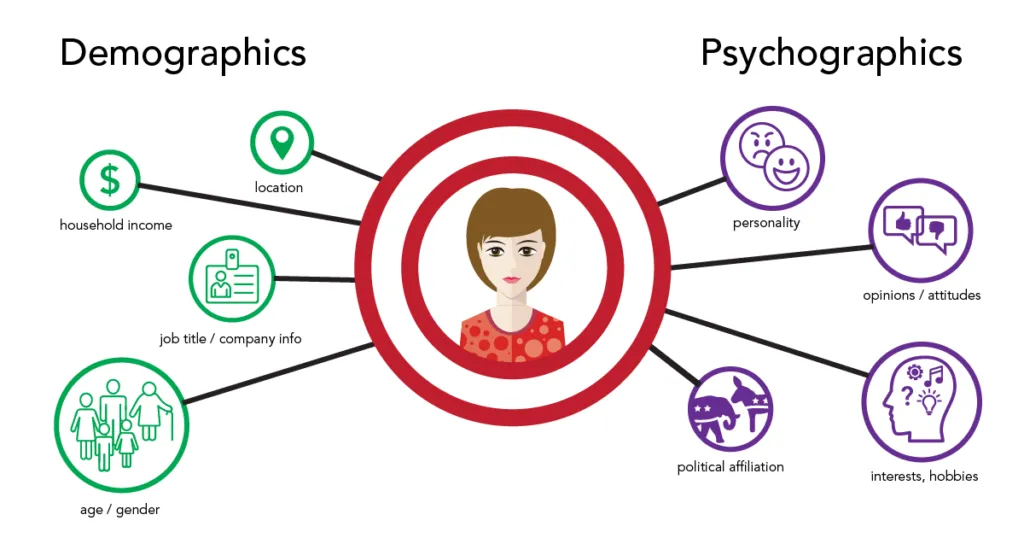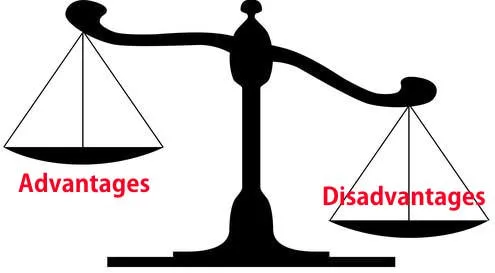In today’s digital age, the way we consume television has drastically changed. Gone are the days of waiting for your favorite show to air at a specific time or recording it on a VCR. With the rise of streaming services such as Netflix, Hulu, and Amazon Prime, viewers now have the ability to watch their favorite shows and movies at their own convenience.
This shift in television consumption has sparked a debate between streaming versus traditional cable TV. Which one is better? Which one is more popular? In this article, we will dive into the statistics and compare the two to determine which one reigns supreme in the world of entertainment.
Cost Comparison

One of the main factors that influence a consumer’s decision when choosing between streaming and cable TV is the cost. It’s no secret that both options can be expensive, but which one offers better value for money?
A. Cable TV Costs
Cable TV has been around for decades and has a well-established pricing structure. The average monthly subscription fee for cable TV in the U.S. is around $60 to $80, with additional fees for equipment, installation, and premium channels. These additional costs can add up, making cable TV a significant financial commitment.
In addition to the base subscription fee, cable companies also charge for equipment rental, such as a cable box or DVR, which can cost an additional $10 to $20 per month. Installation fees can range from $50 to $100, depending on the provider and package chosen. Moreover, premium channels like HBO, Showtime, and Starz can cost an extra $15 to $20 per month.
B. Streaming Service Costs
Streaming services, on the other hand, offer a more diverse range of pricing options. Depending on the service, prices can range from as low as $5.99 to as high as $64.99 per month. Many streaming services have different pricing tiers, with higher-priced plans offering more features, such as multiple screens and Ultra HD viewing.
While the base subscription price of streaming services may seem lower than cable TV, there are other costs that should be taken into account. For instance, streaming services require a strong and consistent internet connection, which can cost an additional $50 to $100 per month. Without a stable internet connection, the streaming experience can be frustrating, leading to additional expenses for upgrading internet plans.
Overall, it can be challenging to determine which option is more cost-effective since it depends on individual preferences and usage. However, if we take into account all the additional fees and costs associated with cable TV, streaming services seem to have the upper hand in terms of affordability.
Content Availability
Another crucial aspect to consider when comparing streaming versus cable TV is the content offered by each service. Cable TV has been known for its wide range of channels and live sports coverage, while streaming services offer original programming and on-demand viewing.
A. Cable TV Content
Cable TV packages typically include a variety of channels ranging from basic network channels to sports and premium channels. For example, a standard cable TV package may include major networks such as ABC, NBC, and CBS, as well as popular cable channels like ESPN, CNN, and HBO.
Aside from traditional channels, cable TV also offers a vast selection of movies and TV shows through their on-demand feature, where viewers can rent or purchase content to watch at their convenience.
Moreover, cable TV providers have started producing their own original content, such as HBO’s “Game of Thrones” and Showtime’s “Homeland.” These exclusive shows help cable companies attract and retain subscribers.
B. Streaming Service Content
Streaming services, on the other hand, focus primarily on offering on-demand content. They provide access to a vast library of movies, TV shows, and documentaries, with new titles added regularly. Popular streaming services like Netflix, Hulu, and Amazon Prime have their own original shows and movies, which have gained critical acclaim, attracting a significant number of subscribers.
Aside from original content, streaming services also offer a range of third-party shows and movies. For example, Hulu has partnerships with major networks, allowing them to offer current seasons of popular shows on their platform. Similarly, Netflix has licensing deals with studios, which allows them to offer a wide selection of movies and TV shows.
Overall, streaming services have a more extensive library of content compared to cable TV. With the rise of original programming, streaming services have become a formidable competitor to cable TV in terms of content availability.
User Demographics

Understanding the demographic of viewers for each service is essential in determining its popularity and market share. Research has shown that there are distinct differences between the audience of cable TV and streaming services.
A. Age Range
The average age of traditional cable TV subscribers is around 55 years old. On the other hand, streaming service users have a much younger demographic, with the average age being 35 years old. This age gap can be attributed to the fact that younger generations tend to prefer on-demand viewing rather than scheduled programming.
B. Income Level
When it comes to income levels, cable TV subscribers tend to have a higher median income compared to streaming service users. This is because cable TV packages can be expensive, making it more accessible to those with higher incomes. Streaming services, on the other hand, offer more affordable options, making it attractive to those with lower incomes.
C. Education Level
There is a direct correlation between education level and preference for streaming versus cable TV. Studies have shown that individuals with a college degree or higher tend to choose streaming services over traditional cable TV. This can be attributed to the fact that those with higher education levels are more tech-savvy and are more likely to be early adopters of new technology.
D. Geographic Location
Geographic location also plays a significant role in the popularity of streaming versus cable TV. Streaming services are more popular in urban areas compared to rural areas, where cable TV is still the dominant option. This is due to the availability and reliability of high-speed internet, which is crucial for streaming services.
Overall, it’s evident that there are significant differences between the demographics of cable TV and streaming service users. These differences also contribute to the popularity and market share of each service.
Popularity and Market Share
When it comes to popularity and market share, streaming services have been gaining ground on traditional cable TV. In recent years, the number of streaming subscribers has surpassed the number of cable TV subscribers, with an estimated 208 million streaming subscribers worldwide compared to 197 million cable TV subscribers.
Moreover, streaming services have experienced exponential growth in terms of revenue generated. In the U.S. alone, streaming services generated over $28 billion in revenue in 2020, while cable TV only brought in around $14 billion. This trend is expected to continue as more and more viewers shift towards on-demand viewing.
The rise of streaming services has also had a significant impact on the traditional cable industry. Cable companies have seen a decline in subscribers, leading to a decrease in revenue. To stay competitive, many cable providers have started offering streaming services as part of their subscription packages, in an attempt to retain existing customers and attract new ones.
Advantages and Disadvantages

To determine which option is better, let’s take a closer look at the advantages and disadvantages of both streaming and cable TV.
A. Cable TV Advantages
- Live Sports and News – For sports enthusiasts and news junkies, cable TV offers live coverage of games and breaking news. While some streaming services offer live sports through partnerships with networks, they may not have access to all major sporting events.
- Channel Surfing – One of the main advantages of cable TV is the ability to flip through channels and discover new shows. While most streaming services have intuitive recommendation algorithms, they may not offer the same thrill as channel surfing.
- Bundling Options – Many cable companies offer bundling options that include internet and phone services at a discounted rate. This can be more convenient for households that want all three services from one provider.
B. Streaming Service Advantages
- On-Demand Viewing – The biggest advantage of streaming services is the ability to watch content on-demand. Viewers have the freedom to choose what they want to watch, when they want to watch it.
- Original Content – Streaming services are known for their high-quality original programming, which has garnered critical acclaim and attracted a significant number of subscribers.
- No Commercials – Most streaming services offer ad-free viewing, which is a huge plus for viewers who despise commercials.
C. Cable TV Disadvantages
- Contractual Obligations – Cable TV subscriptions typically come with long-term contracts, which can be a disadvantage for those who prefer flexibility.
- Limited Mobility – Cable TV is tied to a specific location, making it challenging to view content on-the-go.
- Higher Costs – As mentioned earlier, cable TV can be expensive, especially when you factor in additional fees and equipment costs.
D. Streaming Service Disadvantages
- Internet Reliance – Streaming services require a strong and consistent internet connection, which may not be available in all areas. This can make it challenging to watch shows without interruptions.
- Content Rotations – Unlike cable TV, where shows and movies are available 24/7, streaming services rotate their content, meaning that your favorite show may not always be available.
- Multiple Subscriptions – To access a wide range of content, viewers may need to subscribe to multiple streaming services, leading to increased costs.
Conclusion
In conclusion, both streaming and cable TV have their own set of advantages and disadvantages. While cable TV offers live sports and news coverage, channel surfing, and bundling options, streaming services provide on-demand viewing, original content, and no commercials. In terms of costs, it can be challenging to determine which one is more cost-effective since it depends on individual preferences.
However, the rise of streaming services has shown that viewers are gravitating towards on-demand viewing, and traditional cable TV may become obsolete in the future. With advancements in technology and the availability of high-speed internet, streaming services have changed the way we consume television, and it’s safe to say that it’s here to stay.





